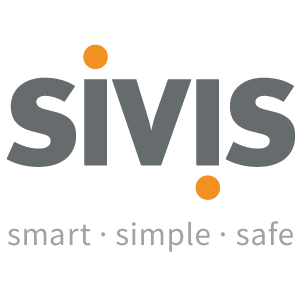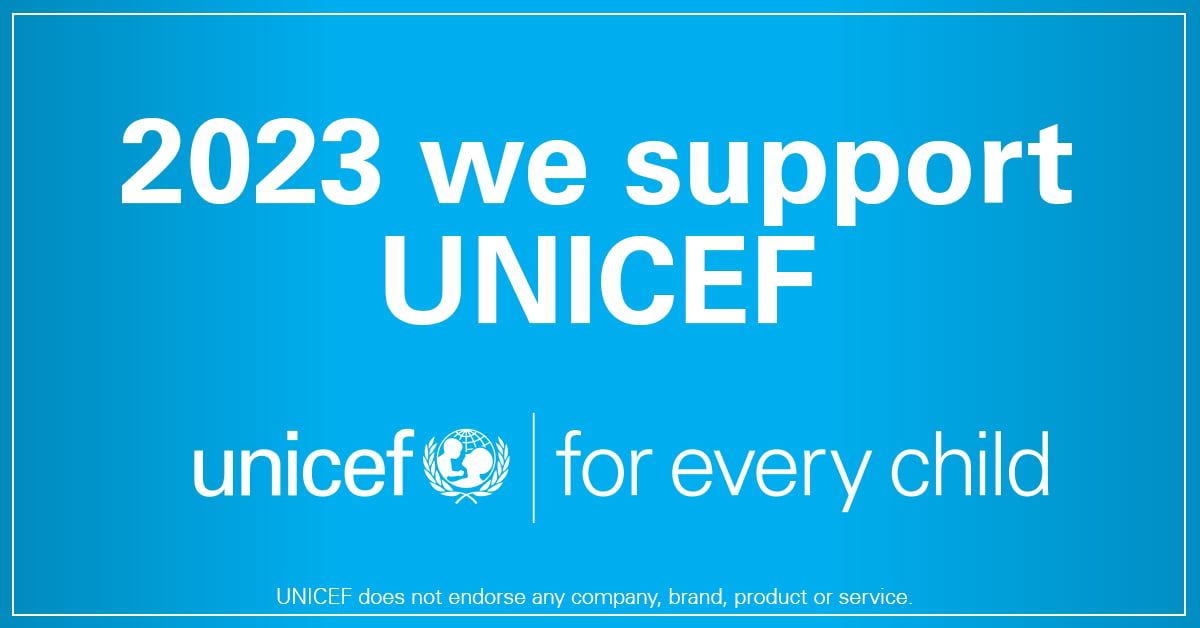5 reasons why you should automate your onboarding processes
Automating your organization's onboarding processes is a crucial part of meeting the new employee's expectations of the organization and the hiring...
SIVIS Enterprise Security is the ultimate solution for fast and effective IAM. Explore our editions and find the option that meets your organization's needs.
3 min read
 SIVIS Group
Oct 23, 2023 8:00:00 AM
SIVIS Group
Oct 23, 2023 8:00:00 AM

More and more workflows are being digitized and, at the same time, the number of data leaks is increasing. This raises entirely new challenges for the organization’s security work – demands that an increasing focus on Zero Trust and identity security can help to address.
Today, sensitive (personal) data or business-critical data are omnipresent. Data that is constantly changing is moved and accessed by internal and external users in the organization. At the same time, the number of applications has exploded in most companies, and the use of both cloud services and mobile phones continues to increase. It creates a flexible workforce, but it also means that the organization’s potential attack surface expands.
According to Verizon over half of security breaches involved the use of either remote access or web applications.
This places significant demands on security activities. Especially after the GDPR came into force in May 2018, inadequate data protection has had wide ramifications – just as the organization’s brand value and customer loyalty may suffer serious harm if the right measures are not taken.
A firewall once used to be the primary security defense of most organizations and the boundary that prevented malicious, external actors from penetrating the infrastructure. However, as more and more data accumulate and internal and external IT users within the organization demand to be able to access resources both inside and outside its own network, the defense line has shifted.
This, in turn, poses new challenges for the management of users who must be able to access the organization’s resources. They must be easily identifiable, verifiable, and granted access. And they need to be protected.
Since 2017 there has been an almost 30 percent increase in stolen credentials, cementing it as one of most reliable methods to achieve access to an organization. If anything, this underscores the increasing use of identity information for criminal purposes, such as takeover and misuse of user accounts, identity theft and other criminal acts.
This is a threat your organization will have to take seriously.
Verizon’s 2022 Data Breach Investigations Report points out that the exploitation of stolen user credentials is a large contributing factor to data security breaches. Once criminals have gained access to an identity, they have also gained quick access to the entire organization’s infrastructure.
The good old mantra “Never trust, always verify” has been a rule of thumb for security conscious organizations for years and years. The mantra is derived from the Zero Trust security model, which rebels against an antiquated security model that always considers internal networks to be secure and reliable, while external networks are considered insecure.
When implementing a Zero Trust approach the organization assumes that a security threat can just as easily come from inside the network as from outside it. The perimeter is no longer of any importance. Instead of prompting a user to identity themselves only at the entry, the Zero Trust model will force users to authenticate themselves when moving around the network or when accessing assets or information that require privileged access. In the Zero Trust paradigm no user is ever fully trusted.
This way of thinking fits perfectly to a world where hybrid work is now the norm. The main security challenge is no longer to secure networks as it is to control the user accesses to the organization’s resources.
And one of the most tried-and-tested methods to implement a Zero Trust security strategy is to focus on identity management, role-based access controls, and multi-factor authentication.
As more workflows are digitized, the groundwork for a new perimeter that defines the organization’s security level is laid: Identity.
In a boundaryless network it is crucial to know exactly who and what is on the network and why they are there. Without that knowledge – and without monitoring and restricting what each user can do on the network – it is impossible to maintain organizational security. Therefore, the deployment of a Zero Trust architecture is so fundamentally linked to Identity and Access Management.
The current threat landscape makes Identity and Access Management an indispensable discipline.
It is simply the best way to safeguard the organization’s digital identities. Employees, customers, partners, and everyone else who needs IT access to the organization’s resources must be identified and verified. In this case, an Identity and Access Management tool serves as the doorman that determines whether users gain access to the organization’s data and infrastructure – entirely based on their digital identity.
An Identity and Access Management platform will give you a full overview of who in the organization has access to which resources, and it becomes much easier to grant employees access quickly and easily to the resources that their job descriptions require – and to continuously authenticate them.
In this way, you may prevent an excessive number of users from having unauthorized or unnecessary access to sensitive data – and thus make it much harder for cybercriminals to access your most business-critical information.

Automating your organization's onboarding processes is a crucial part of meeting the new employee's expectations of the organization and the hiring...

As the Christmas season approaches, we are excited to continue our tradition of giving. This year we are making a donation together withPointsharp....

During Mergers & Acquisitions, the organization's level of agility is crucial to the success of the M&A process. We outline three key areas where...